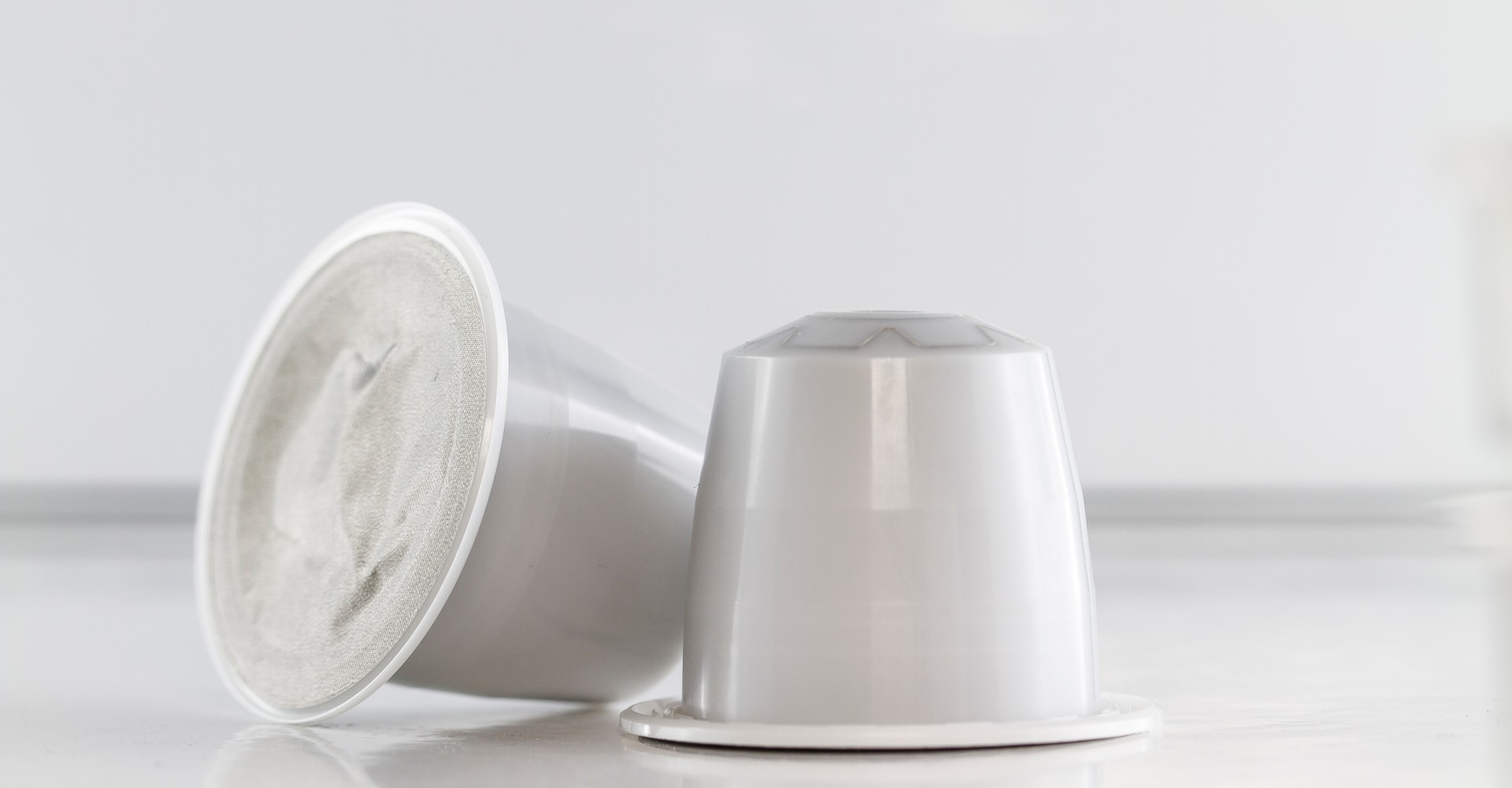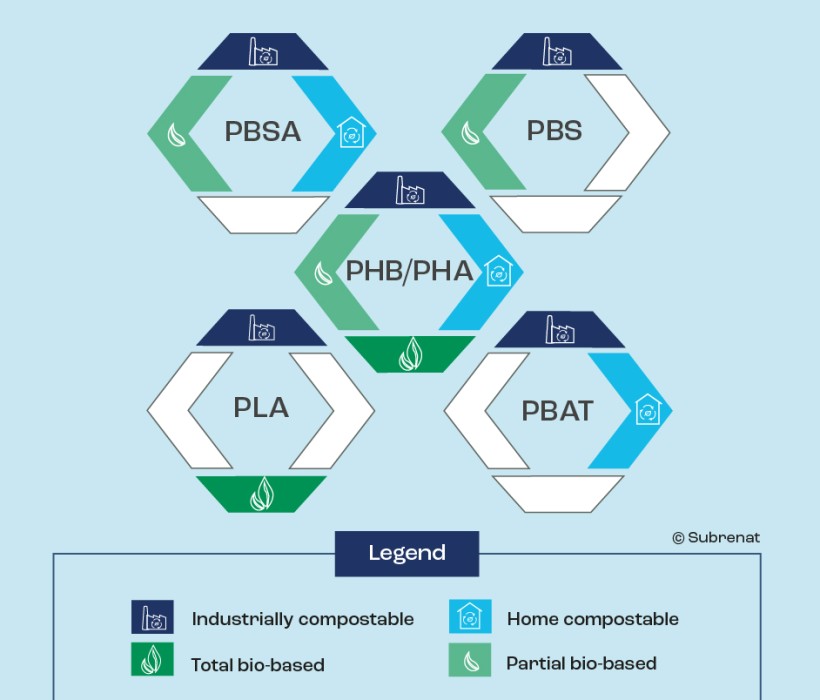

Environmental characteristics of polymers
Firstly, let's look at all the bioplastics we have evaluated for the different nonwoven technologies and their important environmental characteristics.

The benefits of bioplastics
Subrenat has evaluated bioplastics for the different nonwoven technologies. Bioplastic nonwovens are interesting where there is a need for strength in dry and wet condition, for weldability (either thermal, ultrasonic or high frequency), for liquid and air permeability. In addition to these properties, bioplastics are interesting in the following contexts:
- To allow for composting at the end of the final product life, without having to separate the various traditional plastic components (example: Spunbonded PLA or Needled PLA for mulching sails and filtering organic liquids)
- To meet the regulatory requirement for certain consumer products asking for domestic compost (Ok Home Compost), keeping basic heat-sealing properties, resistance to wet environments and certified direct food contact.
- To speed up industrial composting as some bioplastics require more than one composting cycle (for example, the ongoing development of Spunbonded PBS or additivities PLA for coffee capsules).
- To meet the growing demand for eco-designed or sustainable development oriented products (example: Spunbonded or Spunlace PLA, Spunbonded PBAT for customized industrial packaging)
- To offer components that are either bio-based and heat-sealable(example: Spunbonded PLA or Bio PE/PLA for baby nappies)
Constraints of production processes
To answer these requirements, Subrenat has been working with partners to overcome the production constraints of nonwovens and filament spinning. Apart from PLA, the characteristics of bioplastics make them difficult to use during production, because:
- Nonwoven processes (or fibre production processes), require a high viscosity index to allow proper spinning
- Spunbonded process require temperatures in excess of 200°, making it difficult to insert enzymes, for example
- High temperatures for a long period of time in machines make overcuring of the product a clear risk.
While Subrenat has already developed PLA and PBAT nonwovens, the team of engineers keeps working on new polymers (PHA, PBS/PBSA, additives) and new applications.